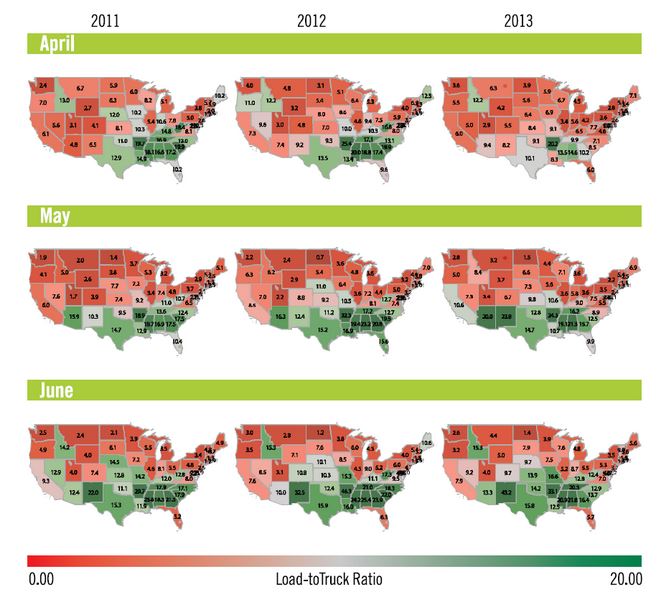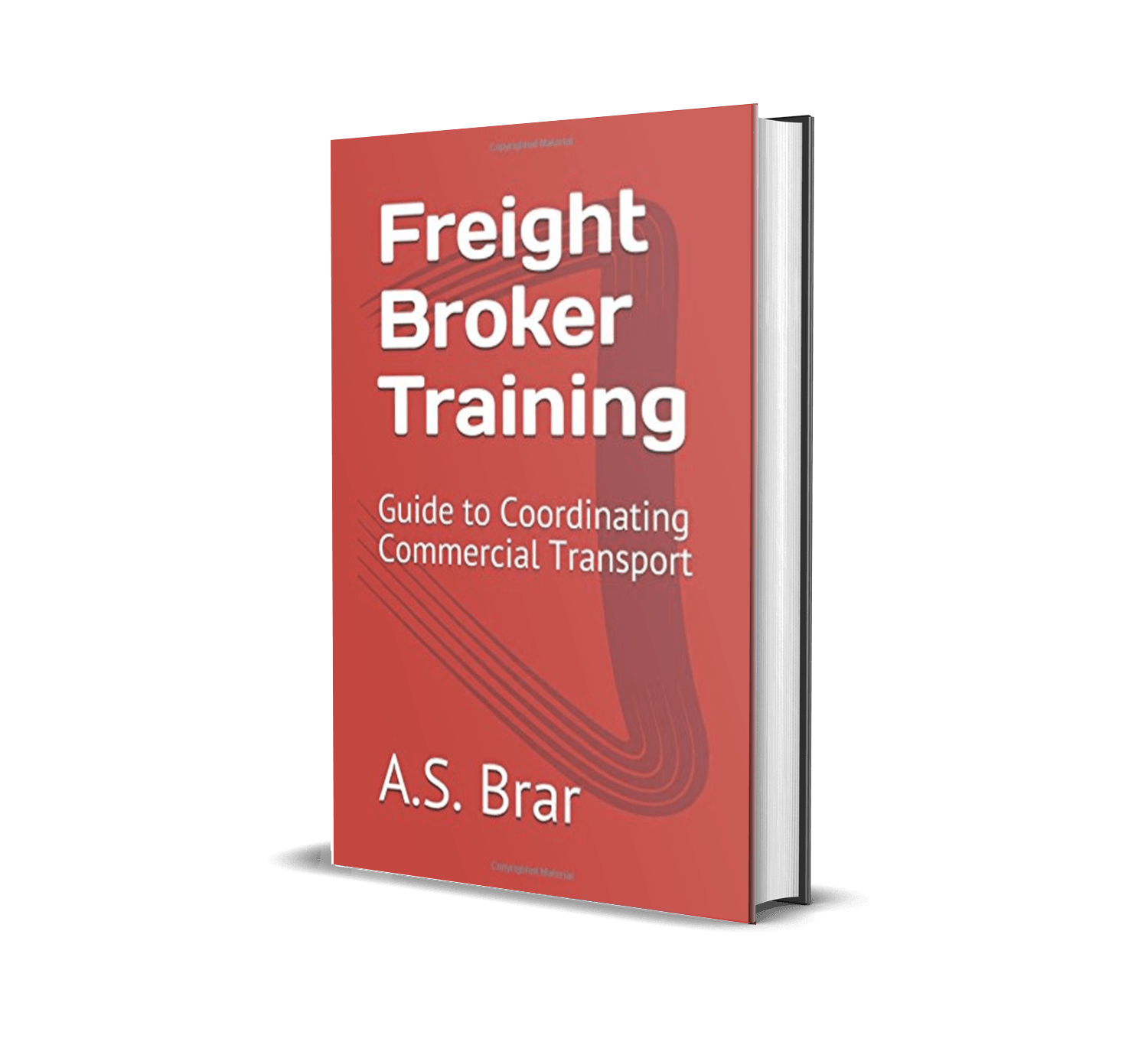IRP in Trucking refers most prominently to the International Registration Plan which is a cooperative agreement between the states of the U.S.A/provinces of Canada which acts as a tax for the usage of roadways based on the total distance traveled in the jurisdictions. It was originally created in 1973 with nine-member jurisdictions.
The formal definition provided by the International Registration Plan regime stated as follows describes what is an IRP for trucking:
The International Registration Plan (Plan) is a registration reciprocity agreement among states of the United States, the District of Columbia and provinces of Canada providing for payment of apportionable fees on the basis of total distance operated in all jurisdictions.
In order for a vehicle to qualify for apportioned registration, it must have the intention of travelling in two or more-member jurisdictions.
The apportioned (prorate) fees that apply to a vehicle is dependent upon the total traveled distance, vehicle specs, and registered vehicle weight.
Effective January 1, 2015 the Full Reciprocity Plan gives complete access to all member jurisdictions and fees for traveled distances are filed retrospectively. This eliminates the use of estimated distance with the only exception being new fleets.
The primary benefit of having an apportioned vehicle is to reduce the requirement of multiple license plates, cab cards, or trip permits. Also, it allows the free movement of registered vehicles engaged in inter-jurisdictional travel. Motor carriers only need a single license plate and cab card.
The registration for each jurisdiction is handled by the base jurisdiction which also issues each carrier with a semi truck base plate. The International Registration Plan generates 2 billion dollars in revenue annually.
The fees are calculated based upon the percentage of total distance traveled in each jurisdiction by the registered fleet. A fleet is defined as one or more vehicles.
Apportionable Vehicle
A vehicle that qualifies to be apportioned is any power unit that is intended for the use of transportation of property or people in two or more IRP jurisdictions and has one of the following:
- Two axles and a GVW greater than 26,000 pounds (11,793.401 Kg)
- Three or more axles
- A towing unit or used in combination when the total GVW is greater than 26,000 pounds (11,793.401 Kg)
A base jurisdiction can only be established where the place of business is located and therefore fleet records must be maintained at that address. If the IRP applicant can satisfy at least three of the following conditions, then their chosen business residence can use that jurisdiction as their base:
- If the applicant is an individual and their license has been issued by that member jurisdiction.
- Applicant is incorporated or registered to perform business as a foreign corporation in the member jurisdiction.
- The primary owner of the corporation is a resident of the member jurisdiction
- The applicant’s federal income tax returns have been submitted from an address in the member jurisdiction.
- Personal income taxes have been paid to the member jurisdiction
- Applicant pays property tax in the member jurisdiction
- Applicant in their name, is the recipient of utility bills in the member jurisdiction
- A vehicle registered in the member jurisdiction is in the applicant’s name
- The applicant’s legal residence is in the member jurisdiction
There are generally cost savings that you can get depending on which jurisdiction is your base. The base jurisdiction applies to the fleet as a whole.
How are IRP Apportionable Fees Calculated?
The apportionable fees for a fleet are calculated through the multiplication of the apportionment percentage by the total apportionable fees needed for the member jurisdiction for full registration of the vehicles in the fleet for that reporting period.
Calculating the IRP fee is described as follows:
(Annual fee) x (State/Province Distance/Total Distance of Fleet) x (License Length in Calendar Months) x (Percentage of Total Distance Traveled) = Fees
Link to IRP Distance information
Your fees may be greater in addition to this calculation because under section 410 (b) jurisdictions are allowed to require payment of additional fees for each apportioned vehicle.
For new fleets the fees are calculated by estimated percentages of total distance traveled taken from current IRP fleets. The average is taken for each jurisdiction and new fleets are required to pay proportionate fees for all fifty-nine-member jurisdictions.
This is just the base formula used because many states and provinces calculate vehicle taxes based on taxable value of the vehicle which is affected by the vehicle’s fair market value. Furthermore, as years pass from the date of the acquisition, the applicable tax rate goes down.
There may also be an exit tax in your base jurisdiction that governs the ability for a vehicle to withdraw from a fleet in the International Registration Plan.
If you would like to obtain a close estimate of the total apportionable fees your fleet owes, use the IRP Fee Estimator provided by Celtic to IRP Inc.




I spent a great deal of time to locate something such as this
I appreciate what you mentioned about apportioned vehicles and how they are intended for transportation of property. I would venture to say that making sure your vehicle apportioned is the first step towards legalized transportation. If I were to ever need a truck cleared for new appropriate plates, I would look for a reputable supplier to give me the service I need.